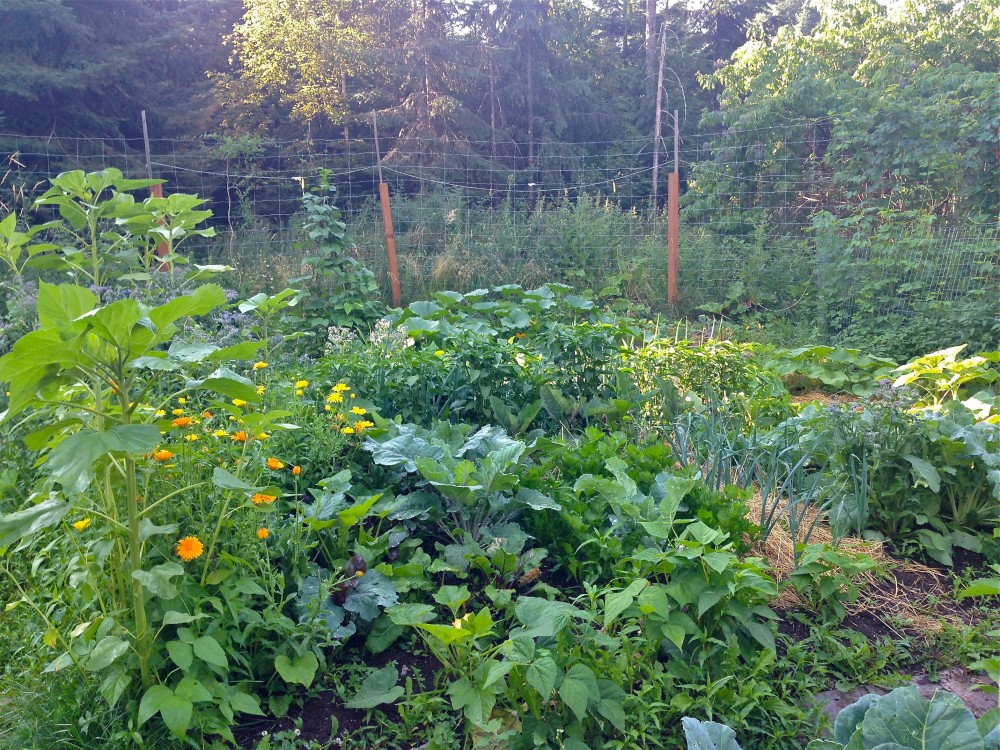How To Grow A Garden That Feeds You
As supermarket prices continue to rise, more people than ever before are looking for ways to reduce their weekly shopping bill. The need to remain healthy is also a growing concern, which is why so many people are looking at ways to start growing their own produce. This is an option that is increasingly viable, and no matter how much space you have, chances are that you could be benefiting from organically grown food without the high costs of the local supermarket. Knowing what to plant and how is the key to having better control over what you put into your body, and your wallet could be considerably heavier as a result.
Look at your diet
Some families eat a lot more vegetable than others. Work out how much you need to feed your household and pick the right ones. There’s little point in spending time and energy on growing french beans if nobody in your family likes them. If you’re serious about growing your own food, then make sure that you are growing the right amounts of the right type.
Know your quantities
There are two key factors to consider when you’re trying to work out how many seeds to plant:
- The food you like: Only plant the food types that you know you and your family will enjoy. Don’t be scared to try new ideas well. More exotic seeds are available if you want to experiment with new produce, and you can check with a helpful access to seeds index 2019 to make sure that your seed suppliers are sustainable and of good quality.
- Climate awareness: If you live somewhere with a mild climate then chances are that you can produce much of your needs all year round. If you suffer from colder winters, then you may need a more dedicated space, or simply accept the fact that most of your harvest will have to be done through the summer months.
Replant consistently
Once you have harvested a crop, then it’s time to replant. Don’t stick to the same produce every time. Remove all of the previous harvests and sift through the soil to remove as many traces of it as possible. Think strategically, and consider the benefits of succession planting to get the most from your yield. Think too about the time of year. Some crops will grow better with cooler temperatures, so check out the leafy greens and root vegetables that will make healthy contributions to your menu.
Harvest Preservation
There’s little point in growing more than you need and having to throw away the bulk of your harvest through non-use. Instead, look for smart ways to preserve your produce yield. You can choose from:
- Freezing: By far the simplest option, this requires nothing in the way of specialist equipment.
- Canning: This is a method that has been used for generations but you will have to learn how to do it correctly.
- Drying: This simple method for food preservation is ideal for those with limited storage space. Unlike freezing, dried out foods are not reliant on technology to keep fresh.
The bigger your available growing space, the easier it is to start growing enough food to avoid the supermarket altogether. Even for those with limited space, modern growing technologies make it easier than ever before to grow what you need. If you want to take control over your food and your budget, growing your own might be the key to a better life.


